Back to Flooring Products
How to Choose Between Domestic and Exotic Hardwood Flooring
One of the best things about real wood flooring is that it is available in a bunch of options and designs and even the pickiest client can find the right style that meets their expectations and fits their interior. However, this great variety of options could also be a challenge – it is an overwhelming experience to go through all options you have with real wood flooring and pick the right one for you out of so many beautiful and wonderful options.
Besides the type, colour, texture, and design of wood flooring, you also need to consider wood species. All types of real wood flooring – solid wood, engineered wood, and parquet – are available in an amazing variety of wood species. Each one of them has its distinctive look, colour, and texture, but also other specifics that turn out to be factors affecting your final choice.
Dense or more porous, flexible or not, different wood species will come with their own differences and specifics that determine how the floor will be sanded, how it will respond to changes in humidity, moisture, and temperature fluctuations, and how easy it will be to install it and look after it, to stain and refinish it. In order to help you make the best choice for your upcoming home improvement project, here is a quick overview of the two categories of wood species – domestic and exotic.
Domestic Wood Species – Pros and Cons
Domestic wood species are pretty popular and the most affordable of the two options. You guessed it right – it is because they are domestic, which means they are sourced locally and easier to find and purchase. Some of the most popular domestic wood species used for the manufacture of wood flooring are Oak, Maple, Cherry, Birch, Walnut and Hickory:





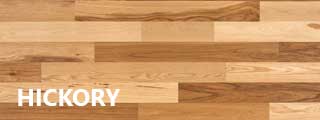
Of course, there are many more domestic wood species to choose from. In general, domestic wood species are the ones that will provide you with a warm, traditional, rich, and cosy look. Domestic wood species usually come in medium brown tones, therefore they have a traditional and very warm and cosy appearance. Domestic wood species are available in all four categories of grains too, which means you can achieve a very simple and minimal look thanks to domestic wood species or many a bold statement with a rustic grade look.
As we have already mentioned, domestic wood species are readily available, the sourcing, supply and import cost is cut down, therefore, these wood floors are more affordable. With domestic wood species, you can find a large selection of profiles, including wide planks and more. Most domestic wood species offer very good durability and long-lasting power, you can see most of them right in the middle of the Janka hardness rating system. In fact, domestic wood species are more porous, which makes them more flexible. As a result, they are easier to install and work with, they soak wood floor stains and finishing products better, and sanding them is easier and quicker. Compared to exotic wood species, domestic ones usually have a less dramatic colour variation.
Exotic Wood Species – Pros and Cons
As the name suggests, exotic wood species are not locally sourced and they have to be imported from other countries, usually other continents. Some of the most popular exotic wood species often imported in the UK are: Lapacho, Cumaru, Jatoba, Tigerwood, Acacia and Amendoim.
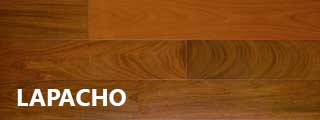
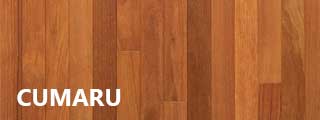
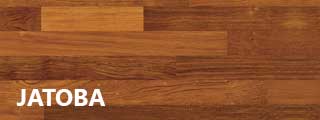
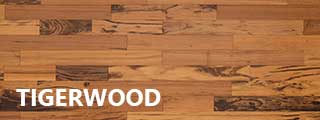
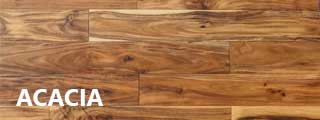
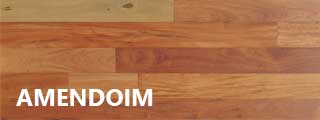
If you are going for a more unique and distinctive look and design for your hardwood flooring, exotic wood species are the ones that will most definitely attract your attention. Exotic wood species, or at least the majority of them, are known for their unique colours, attractive colour variation, and striking grain patterns.
Exotic wood species create a sophisticated, contemporary, very attractive appearance wherever they are installed. Exotic wood species are not as easy to find as domestic wood species, however, look for them in speciality wood flooring stores and you will have a great selection to choose from. Exotic wood species look really amazing in modern concept homes, however, you can definitely incorporate them in your traditional home and still create a unique look.
The majority of exotic wood species are rated higher on the Janka hardness rating system, which means they have a more dense structure naturally. This makes them extremely durable and hard-wearing, however, not that easy to sand, refinish, and stain. Exotic wood species floors are a great choice for high-traffic areas and even commercial premises. Since exotic wood species require importing, they come at a higher price. One more important thing to notice is that exotic wood species tend to be more limited in terms of profiles, plank lengths and widths.
Both domestic and exotic wood species can look stunning incorporated in your interior. Overall, the choice between these two is determined by your personal preferences, budget, and the specifics of your project.